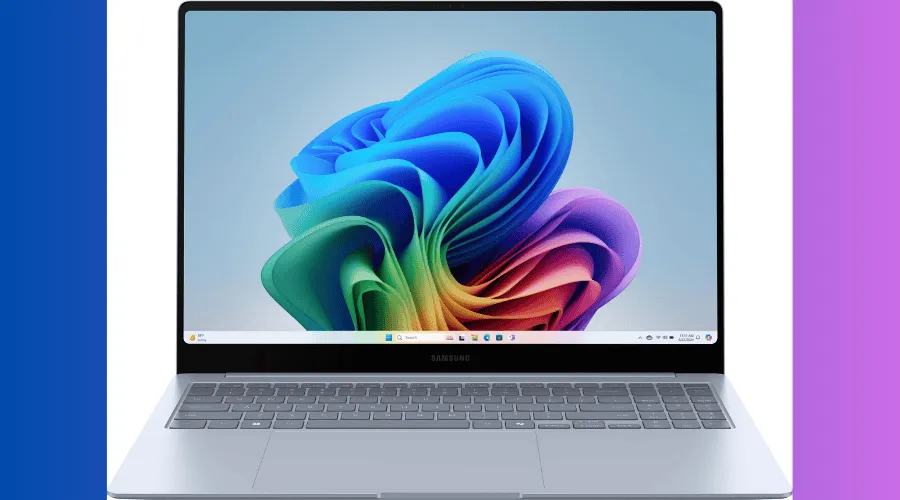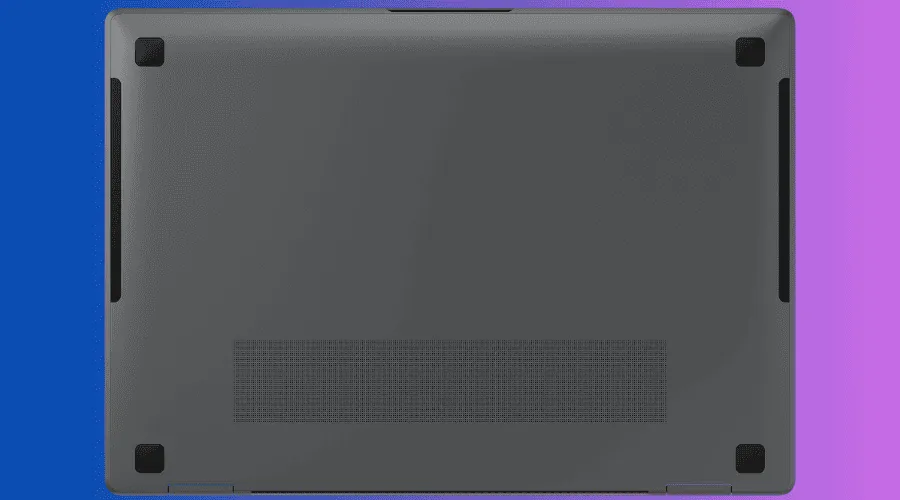Samsung Galaxy Book4 Edge Review: Exploring the Benefits of ARM Architecture
We’re excited to bring you an impartial review of the Samsung Galaxy Book4 Edge laptop, based on our firsthand experience and insights from various sources. As you may know, the Book4 Edge series features Qualcomm’s Snapdragon X Elite X1E-80-100 and X1E-84-100 System on Chips (SoCs).
Interestingly, the Samsung Galaxy Book4 Pro, powered by the Intel Core Ultra 7 CPU, is priced the same as the Samsung Galaxy Book4 Edge with Snapdragon X Elite X1E-84-100 at $1,749.99. Thus, the choice comes down to ARM versus x86 architectures. In this review, we will explore the features of the Samsung Galaxy Book4 Edge and provide a brief comparison with the Intel CPU variant.
Samsung Galaxy Book4 Edge Review
1. Technical Specifications
Let’s begin with the key technical specifications of the Samsung Galaxy Book4 Edge.
| Specification | Details |
|---|---|
| Processor | Qualcomm Snapdragon X Elite (X1E-84-100) |
| Base Frequency | 3.4 GHz |
| Turbo Frequency | 4 GHz |
| Cores/Threads | 12/12 |
| Integrated GPU | Qualcomm Adreno X1 |
| Fabrication Process | 4 nm |
| Display | 16″ 3K Dynamic AMOLED 2X, 2880 x 1800 pixels, 120 Hz, HDR10, Touchscreen |
| Color Gamut | 100% sRGB, 120% DCI-P3 |
| Battery | 61.8Wh, Li-Po, Fast Charging |
| RAM | 16GB LPDDR5X |
| Storage | 1TB eUFS 4.0 SSD |
| Ports | 2x USB Type-C (USB 4.0), 1x HDMI 2.1, 1x Audio Jack (3.5 mm) |
| Connectivity | Wi-Fi 7, Bluetooth 5.4 |
| Webcam | 1920 x 1080 |
| Audio | 2.2 speakers (2 tweeters, 2 woofers), Dolby Atmos |
| Dimensions | 13.99 x 9.86 x 0.48 inches (16″ model) |
| Weight | 13.42 lbs. (16″ model) |
| Operating System | Windows 11, Copilot Plus |
| Special Features | Anti-reflective cover glass, Vision Booster, AI key, Windows Studio Effects |
The technical specifications look impressive, but we wondered how well the relatively compact 61.8Wh battery would perform with the large display during regular usage. We’ll delve into that further below.
Another observation is that the SSD is soldered onto the motherboard, meaning you cannot upgrade or replace the storage.
2. Look, Feel, and Ports

The Samsung Galaxy Book4 Edge‘s elegant design is hard to overlook. It exudes premium quality, and once powered on, the stunning 16-inch AMOLED display (2880 x 1800 pixels) captivates with its brightness and vibrant colors.
The keyboard offers a smooth typing experience and the thin bezels resemble a sleek photo frame. It feels almost unjust to touch, but this showcases the brilliance of its exceptional display.
It’s remarkable how slim the laptop is at just 0.48 inches thick despite its sizable 16-inch screen! However, thinner designs often mean limited cooling space, a concern we’ll address shortly.
In terms of connectivity, the laptop features 1 USB3.2 and 2 USB4.0 ports, a MicroSD card reader, an HDMI 2.1 port supporting 4K@60Hz, and an audio jack. While this selection may seem limited, it’s par for the course among manufacturers of slim laptops.
3. Running Applications and Productivity
Downloading a browser and streaming videos was seamless, but we experienced unexpected Wi-Fi disconnections after a few hours, despite other devices in the room remaining connected. Restarting the Wi-Fi solved the issue temporarily, but it recurred twice in one day.
Reviewing other user feedback, some indicated they encountered similar Wi-Fi issues, leading us to question whether this is a widespread bug or just a rare occurrence with certain adapters.
Another issue arose while using Microsoft Word, freezing sporadically during typing. With multiple Chrome tabs open alongside Slack and a File Explorer window, memory usage approached 80%. This appears tied to running x86 applications on the ARM architecture. While it wasn’t overly disruptive, performance should be smoother for a high-end laptop like this.
Clearly, more optimization is necessary for x86 applications on ARM, and prospective buyers may want to wait for the technology to mature. The ARM transition is just beginning, and while we anticipate improvements, it remains challenging for early adopters.
We also tested a 3D game called Palia with impressive music and graphics. Setting graphics to maximum, the game ran smoothly for about thirty minutes but caused the laptop to heat up noticeably, prompting us to lower the settings. This device isn’t designed as a gaming laptop; rather, it’s tailored for standard tasks such as office work, streaming, and studying.
4. Battery Life

Before testing the Samsung Galaxy Book4 Edge, we reviewed various user experiences. Some claimed battery life extended to 14 hours, while others reported fewer than 8 hours. We simulated normal usage—communicating via apps, using a word processor, and browsing—and watched a movie using a video-on-demand app.
Unfortunately, we didn’t finish the movie, as the laptop shifted to energy efficiency mode to conserve battery power. After several days of similar testing, we consistently experienced around 10 hours of usage.
It’s important to note that we operated in balanced power mode without auto-dimming and maintained a brightness level of 60%. Given the sizable display, these settings significantly impact performance. Despite claims of 14-hour battery life, achieving that during regular work and recreation seems impractical.
Is Samsung Galaxy Book4 Pro Superior to Samsung Galaxy Book4 Edge?
As promised at the outset, we will compare the Samsung Galaxy Book4 Pro with the Samsung Galaxy Book4 Edge, as they are listed at the same price point on Samsung’s website.
While we haven’t personally tested the Galaxy Book4 Pro, extensive user feedback reveals that many report a battery life of 13-14 hours during regular use, which surpasses our findings with the Galaxy Book4 Edge. Performance is also notably better with native x86 applications.
Interestingly, while benchmarks like those from Nanotech demonstrate the Snapdragon X Elite X1E-84-100’s superior power compared to the Intel Core Ultra 7 Processor 155H, we recommend weighing user experiences before making a purchasing decision.
In terms of specifications, the two laptops are nearly identical. The Galaxy Book4 Pro is slightly heavier, supports up to 32 GB of RAM, and features upgradable NAND flash storage.
In conclusion, the Samsung Galaxy Book4 Edge offers solid performance as a personal laptop, but for the same investment, the Samsung Galaxy Book4 Pro is better suited for running Windows applications—at least, for the time being.
If you own a Samsung Galaxy Book4 Edge, share your experience in the comments below.
Leave a Reply